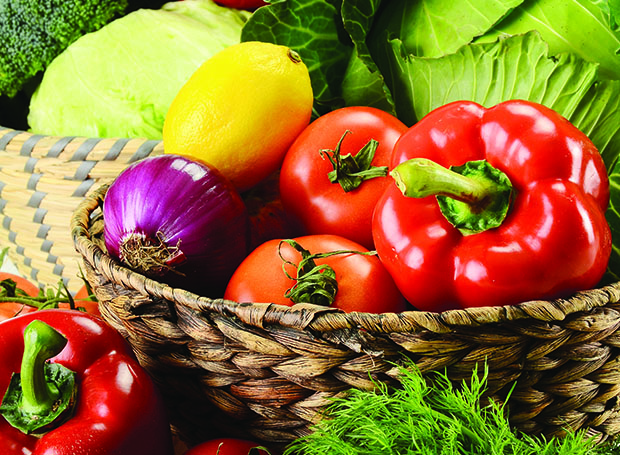

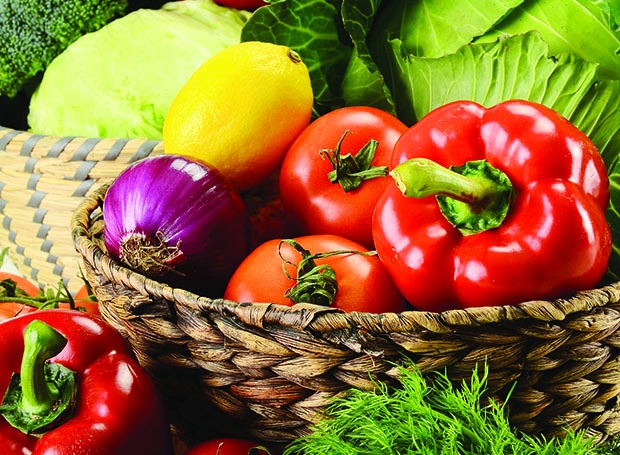
Popping vitamins to ease post-training soreness might be stifling your gains.
Since strength training must be accompanied with proper diet to effectively reach physique goals, strength and endurance athletes are continually searching for nutrition strategies to enhance performance and body composition. Consequently, most athletes use nutritional supplements in hopes of boosting the effects of exercise even further. However, recent research has questioned one of the most commonly used nutritional supplements: antioxidant vitamins. While antioxidant supplements have long been thought to be beneficial for muscular adaptation to exercise, the widespread use has created an ongoing debate.
Antioxidants And Exercise
It’s no secret that exercise offers many beneficial health outcomes; however, during exercise, normal cellular metabolism is elevated to meet the energy demand. This dramatic increase in oxidative metabolism is accompanied with the production of free-radical reactive oxygen species (ROS), which have the potential to inhibit immune responses. ROS also disrupt muscle homeostasis and cause damage to proteins and cell membranes. Collectively, these outcomes are sometimes referred to as oxidative stress. Antioxidants offer a protective effect by combating the ROS produced during exercise. Antioxidants limit the actions of ROS by removing their unpaired electron making them far less reactive. In a nutshell, antioxidants work to eliminate oxidative stress by neutralizing ROS, which in turn prevents cell damage.
Antioxidants In The Diet
Several nutrients, including vitamin C and E, act as antioxidants by helping to protect body tissues against the potentially damaging effects of ROS. While minerals—including copper, selenium, magnesium, and zinc—also provide a great source of antioxidants, the interaction between exercise and vitamin C and E supplementation has recently received increased attention. These potent antioxidants are naturally found in fruits and vegetables, especially those that are dark green, orange, red, and yellow. Major sources of vitamin C include citrus fruits, broccoli, potatoes, peppers, and strawberries, while vitamin E can be found in eggs, whole-grain products, vegetable oils, and butter. Both vitamins C and E are essential molecules that cannot be synthesized in the body and therefore must be obtained from dietary sources. Vitamins are an important part of an athlete’s diet, as deficiencies can inhibit body functions and health.
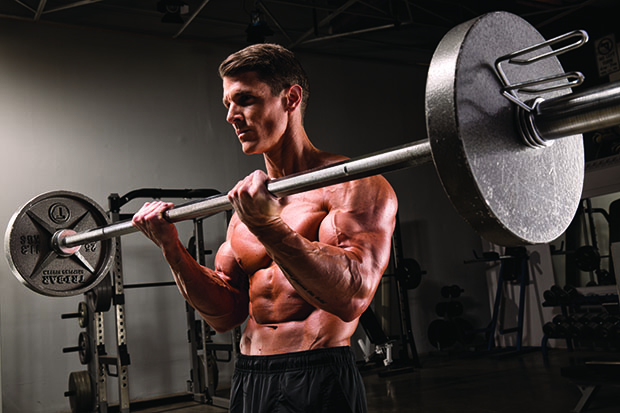
How Much Is Enough?
The recommended dietary allowance for vitamin C is 90 milligrams per day for men and 75 milligrams per day for women, whereas the recommended dietary allowance for vitamin E is 15 milligrams per day for both men and women. Diets rich in foods that are naturally high in antioxidants are associated with better health outcomes, therefore if a little is good, more must be better, right? Maybe not. Recently, several research studies have investigated this theory, and the findings may come as a surprise.
Too Much Of A Good Thing?
Supplements containing antioxidants and vitamins are widely used for the purpose of improving health and athletic performance. Contrary to common beliefs, recent research studies have demonstrated that antioxidant supplementation may actually interfere with exercise recovery and muscle growth. High dosages of vitamin C and E have shown to blunt certain adaptations to training. A study published in The Journal Of Physiology provided young, recreationally active men and women with either a vitamin C and E supplement or a placebo during 10 weeks of heavy resistance exercise performed four times per week. The supplement contained 1,000 milligrams of vitamin C and 235 milligrams of vitamin E. The antioxidant supplementation blunted anabolic cellular responses to resistance exercise and also hindered strength outcomes following training. While the antioxidant supplement did not significantly blunt muscle hypertrophy following the 10 weeks of training, bicep-curl strength was lower in the group supplementing with the antioxidants as compared to the placebo group.
In another study, published in the Scandinavian Journal of Medicine & Science in Sports, elderly men were provided either a vitamin C and E supplement (1,000 milligrams of vitamin C and 235 milligrams of vitamin E) or a placebo during 12 weeks of resistance training performed three times per week. Similarly, this elevated dosage of vitamin C and E curbed certain muscular adaptations to strength training. In this case, the group receiving the vitamins had less gains in muscle size compared to the group given the placebo. Maximal strength measures were not different between groups.
Additionally, a separate study published in The Journal Of Physiology also provided young, recreationally active men and women with either a vitamin C and E supplement (same dose as previously used) or a placebo during an 11-week endurance training program. Vitamin C and E supplementation reduced cellular adaptations in the exercised muscles; however, no effect was observed on maximal aerobic capacity following training. Based upon the most recent research, it appears that high-dose antioxidant supplementation may interfere with some training benefits, for both physique athletes and endurance competitors.
Rules For Antioxidants
Don’t pass on your nutrient-rich fruits and vegetables just yet. These studies administered doses of vitamin C and E way beyond the amounts one would take in through proper nutrition. As it goes for most vitamins, taking a supplement will not improve performance if you are not nutritionally deficient. Besides, physically active individuals tend to ingest above-average amounts of micronutrients through diet alone. Furthermore, dietary deficiencies of these vitamins are extremely rare, even in athletes. Therefore, regularly ingesting large dosages of vitamin C and E appears to be unnecessary and may even be detrimental to your physique goals. Increased intakes of antioxidants have been suggested to reduce the extent of muscle damage following exercise; yet by squelching the damage induced, you might be squelching a valuable part of the muscular repair process too. It’s a classic inverted-U function: As antioxidant levels increase, the repair process improves, but only to a point, beyond which increases in antioxidants may lead to a disruption in muscular adaptation. (It’s unclear whether non-vitamin antioxidants that are common in superfoods and supplements, such as resveratrol, coenzyme Q10, flavanols, polyphenols, or EGCG have the same effect.) Instead, focus on consuming a diet rich in fruits and vegetables, and feel free to take a daily multivitamin, but beyond that you might want to leave the vitamins on the shelf.
By Adam M. Gonzalez, PhD, CSCS






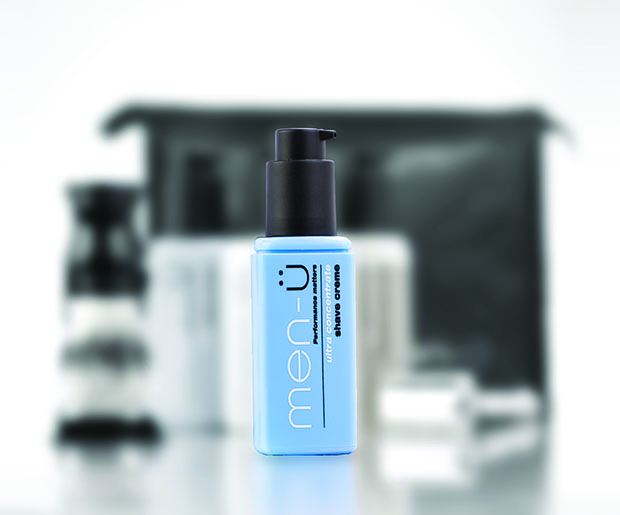
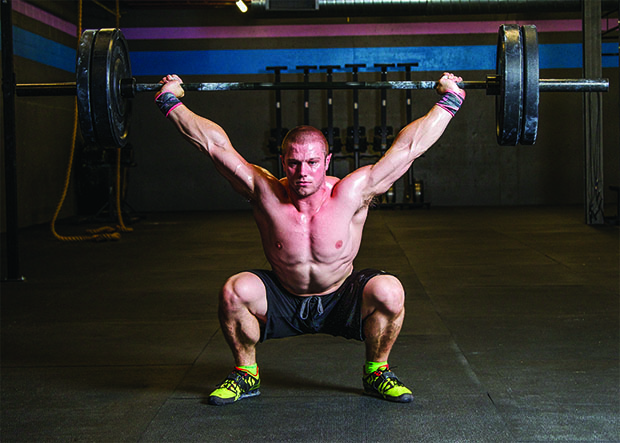














You must be logged in to post a comment Login